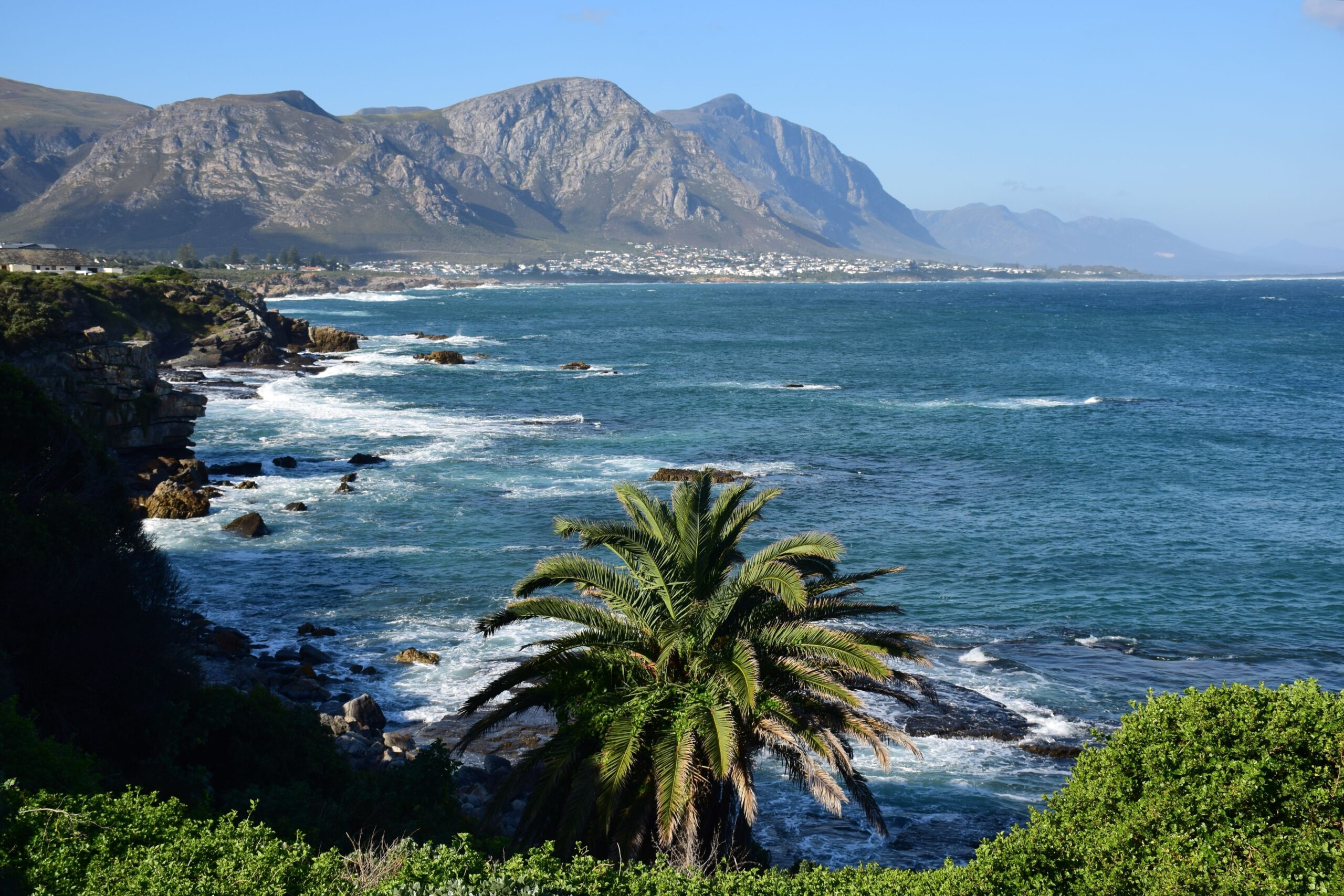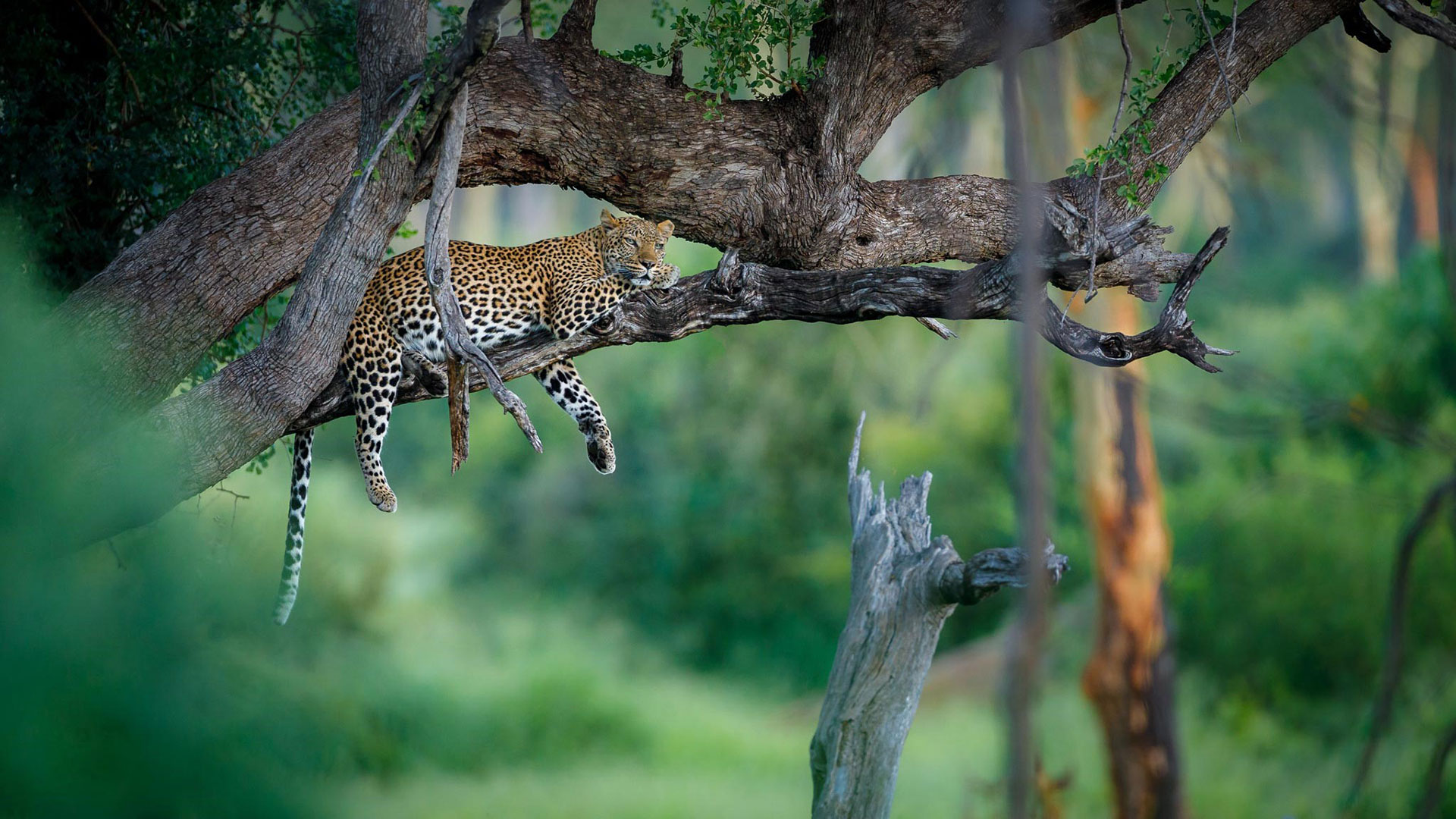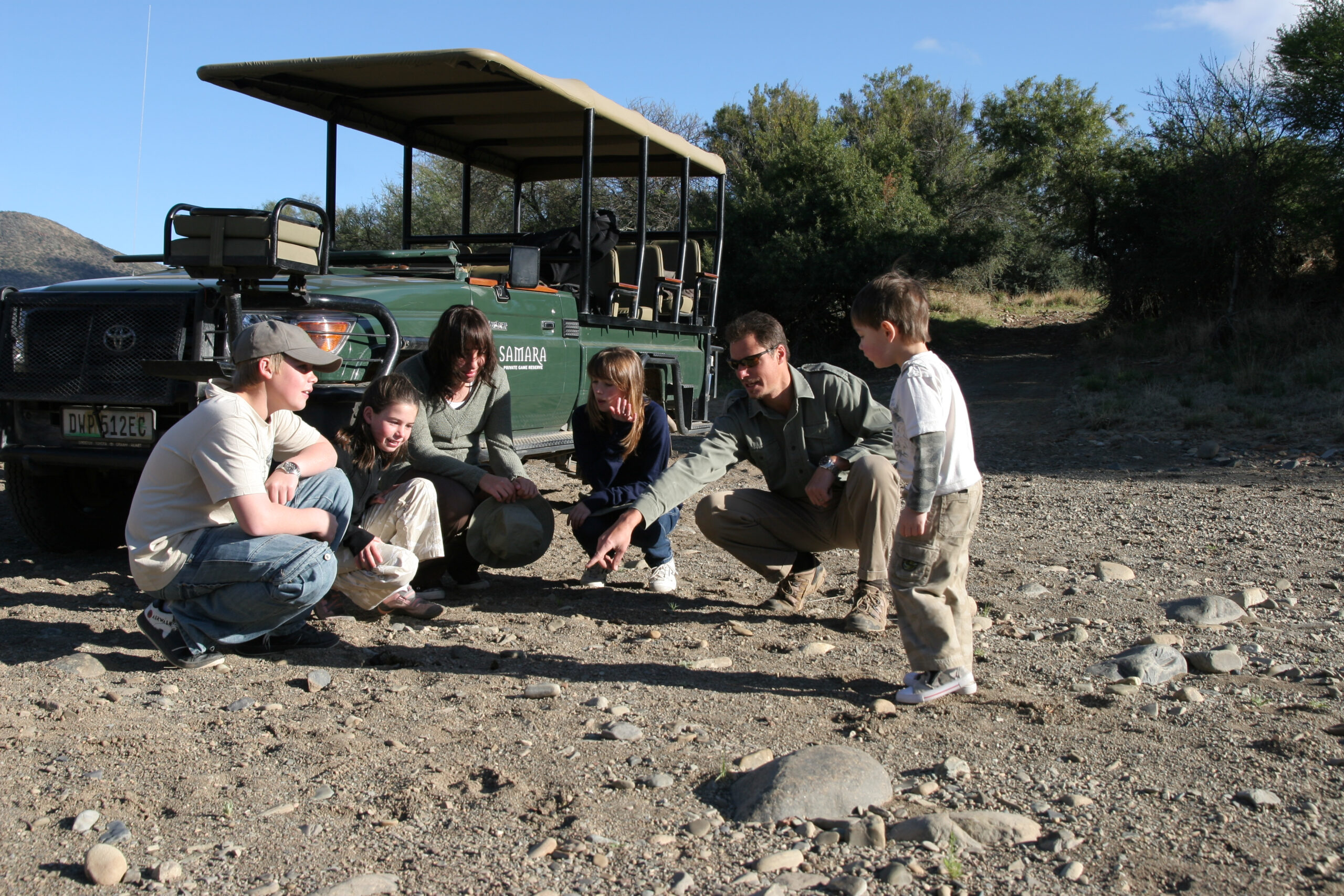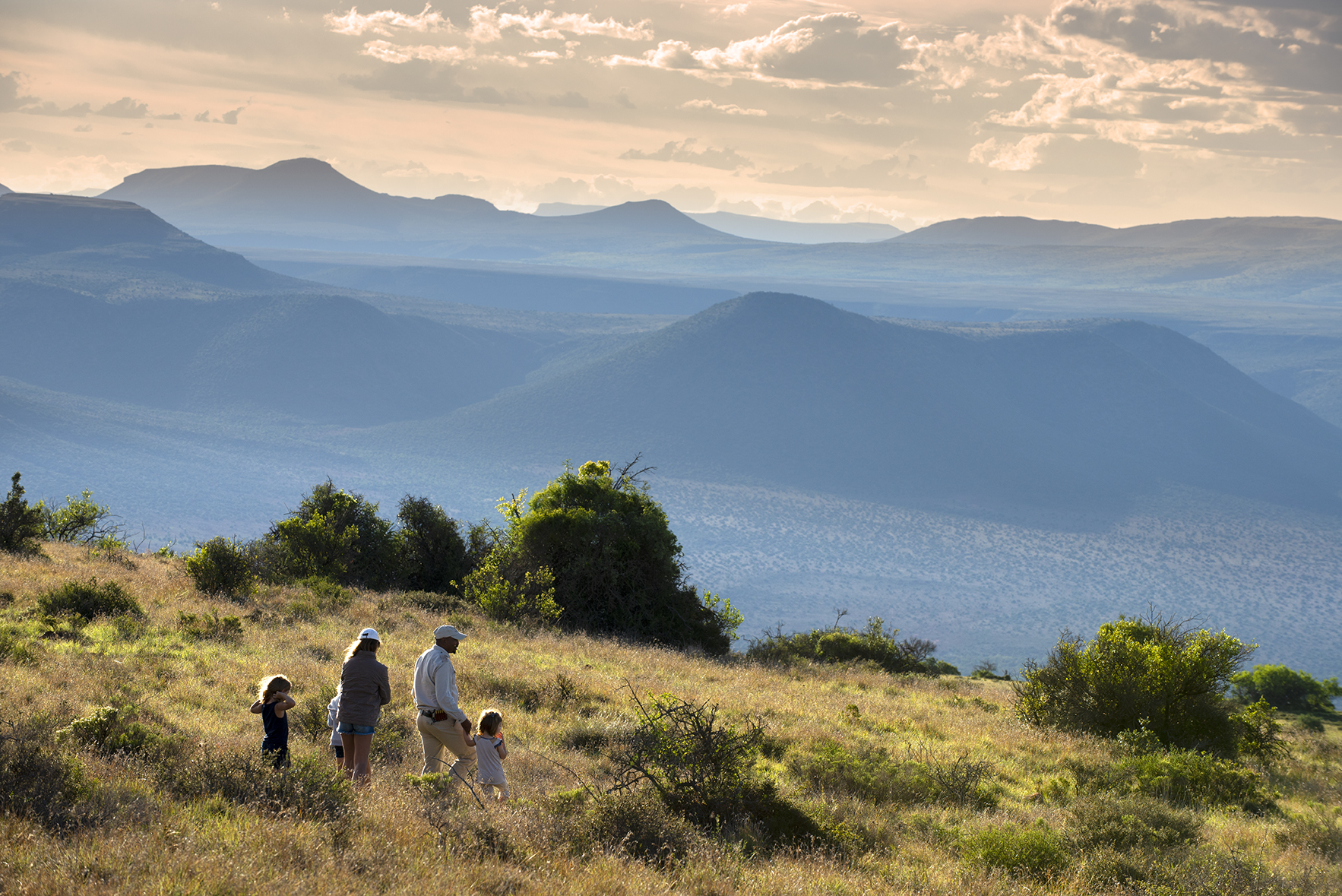Issue 115 - December 2024
New Study Finds Solutions to Whale-Ship Collisions Within Reach
According to the fossil record, cetaceans — whales, dolphins and their relatives — evolved from four-legged land mammals that returned to the oceans beginning some 50 million years ago. Today, their descendants are threatened by a different land-based mammal that has also returned to the sea: humans.

Thousands of whales are injured or killed each year after being struck by ships, particularly the large container vessels that ferry 80% of the world’s traded goods across the oceans. Collisions are the leading cause of death worldwide for large whale species. Yet global data on ship strikes of whales are hard to come by — impeding efforts to protect vulnerable whale species. A new study led by the University of Washington has for the first time quantified the risk for whale-ship collisions worldwide for four geographically widespread ocean giants that are threatened by shipping: blue, fin, humpback and sperm whales.

In the paper, published online Nov. 21 in Science, researchers report that global shipping traffic overlaps with about 92% of these whale species’ ranges.
“This translates to ships traveling thousands of times the distance to the moon and back within these species’ ranges each and every year, and this problem is only projected to increase as global trade grows in the coming decades,” said senior author Briana Abrahms, a UW assistant professor of biology and researcher with the Center for Ecosystem Sentinels.
“Whale-ship collisions have typically only been studied at a local or regional level — like off the east and west coasts of the continental U.S., and patterns of risk remain unknown for large areas,” said lead author Anna Nisi, a UW postdoctoral researcher in the Center for Ecosystem Sentinels. “Our study is an attempt to fill those knowledge gaps and understand the risk of ship strikes on a global level. It’s important to understand where these collisions are likely to occur because there are some really simple interventions that can substantially reduce collision risk.”
The team found that only about 7% of areas at highest risk for whale-ship collisions have any measures in place to protect whales from this threat. These measures include speed reductions, both mandatory and voluntary, for ships crossing waters that overlap with whale migration or feeding areas.
“As much as we found cause for concern, we also found some big silver linings,” said Abrahms. “For example, implementing management measures across only an additional 2.6% of the ocean’s surface would protect all of the highest-risk collision hotspots we identified.”


“Trade-offs between industrial and conservation outcomes are not usually this optimal,” said co-author Heather Welch, a research scientist with the National Oceanic and Atmospheric Administration and the University of California, Santa Cruz. “Oftentimes industrial activities must be greatly limited to achieve conservation goals, or vice versa. In this case, there is a potentially large conservation benefit to whales for not much cost to the shipping industry.”
Those highest-risk areas for the four species included in the study lie largely along coastal areas in the Mediterranean, portions of the Americas, southern Africa and parts of Asia.
The international team behind the study, which includes researchers across five continents, looked at the waters where these four whale species live, feed and migrate by pooling data from disparate sources — including government surveys, sightings by members of the public, tagging studies and even whaling records. The team collected some 435,000 unique whale sightings. They then combined this novel database with information on the courses of 176,000 cargo vessels from 2017 to 2022 — tracked by each ship’s automatic identification system and processed using an algorithm from Global Fishing Watch — to identify where whales and ships are most likely to meet.
The study uncovered regions already known to be high-risk areas for ship strikes: North America’s Pacific coast, Panama, the Arabian Sea, Sri Lanka, the Canary Islands and the Mediterranean Sea. But it also identified understudied regions at high risk for whale- ship collisions, including southern Africa; South America along the coasts of Brazil, Chile, Peru and Ecuador; the Azores; and East Asia off the coasts of China, Japan and South Korea.
The team found that mandatory measures to reduce whale-ship collisions were very rare, overlapping just 0.54% of blue whale hotspots and 0.27% of humpback hotspots, and not overlapping any fin or sperm whale hotspots. Though many collision hotspots fell within marine protected areas, these preserves often lack speed limits for vessels, as they were largely established to curb fishing and industrial pollution.

For all four species, the vast majority of hotspots for whale-ship strikes — more than 95% — hugged coastlines, falling within a nation’s exclusive economic zone. That means that each country could implement its own protection measures in coordination with the U.N.’s International Maritime Organization.
“From the standpoint of conservation, the fact that most high-risk areas lie within exclusive economic zones is actually encouraging,” said Nisi. “It means individual countries have the ability to protect the riskiest areas.”
Of the limited measures now in place, most are along the Pacific coast of North America and in the Mediterranean Sea. In addition to speed reduction, other options to reduce whale-ship strikes include changing vessel routings away from where whales are located or creating alert systems to notify authorities and mariners when whales are nearby.
“Lowering vessel speed in hotspots also carries additional benefits, such as reducing underwater noise pollution, reducing greenhouse gas emissions, and cutting air pollution, which helps people living in coastal areas,” said Nisi.
The authors hope their global study could spur local or regional research to map out the hotspot zones in finer detail, inform advocacy efforts and consider the impact of climate change, which will change both whale and ship distributions as sea ice melts and ecosystems shift.
“Protecting whales from the impact of ship strikes is a huge global challenge. We’ve seen the benefits of slowing ships down at local scales through programs like ‘Blue Whales Blue Skies’ in California. Scaling up such programs will require a concerted effort by conservation organizations, governments and shipping companies,” said co- author Jono Wilson, director of ocean science at the California Chapter of The Nature Conservancy, which helped identify the need for this study and secured its funding. “Whales play a critical role in marine ecosystems. Through this study we have measurable insights into ship-collision hotspots and risk and where we need to focus to make the most impact.”
Co-authors on the study are Stephanie Brodie, a research scientist with the Commonwealth Scientific and Industrial Research Organisation in Australia; research scientists Callie Leiphardt and Rachel Rhodes, and professor Douglas McCauley, all at the University of California, Santa Barbara; Elliott Hazen, research ecologist with NOAA’s Southwest Fisheries Science Center; Jessica Redfern, associate vice president of the Anderson Cabot Center for Ocean Life at the New England Aquarium; the UW’s Trevor Branch, professor of aquatic and fishery sciences, and Sue Moore, a research scientist with the Center for Ecosystem Sentinels; André Barreto, professor at the Universidade do Vale do Itajaí in Brazil; senior research biologist John Calambokidis with the Cascadia Research Collective; data scientist Tyler Clavelle, chief scientist David Kroodsma and senior manager Tim White with Global Fishing Watch; research scientists Lauren Dares and Chloe Robinson with Ocean Wise; Asha de Vos with Oceanswell in Sri Lanka and the University of Western Australia; Shane Gero with Carleton University; biologist Jennifer Jackson with the British Antarctic Survey; Robert Kenney, emeritus research scientist with the University of Rhode Island; Russell Leaper with the International Fund for Animal Welfare; Ekaterina Ovsyanikova at the University of Queensland; and Simone Panigada with the Tethys Research Institute in Italy.
The research was funded by The Nature Conservancy, NOAA, the Benioff Ocean Science Laboratory, the National Marine Fisheries Service, Oceankind, Bloomberg Philanthropy, Heritage Expeditions, Ocean Park Hong Kong, National Geographic, NEID Global and the Schmidt Foundation.

Feature Destination
Journeys With Purpose – Visit South Africa

Journeys With Purpose offers immersive conservation and ethical travel experiences. Through private and hosted trips with pioneering conservationists, guests experience rewilding and restoring biodiversity in the wildest corners of the world. Our “Seven Worlds, One Planet” approach is a global curriculum focused on recovering and conserving vibrant landscapes, biodiversity, wildlife and livelihoods across all seven continents.
Issue 115 - December 2024
SEVENSEAS Travel Magazine – December 2024 – Issue 115

National Geographic Explorer Thomas Peschak to Receive 2025 Eliza Scidmore Award for Outstanding Storytelling
Award-winning photographer and National Geographic Explorer Thomas P. Peschak will receive the National Geographic Society’s 2025 Eliza Scidmore Award for Outstanding Storytelling for his long legacy of conservation storytelling at National Geographic and beyond. Read more…
The Changing Face of Little Cayman’s Reefs: One Year on From The Most Extensive Global Coral Bleaching on Record
As part of the Healthy Reefs Programme, the Central Caribbean Marine Institute (CCMI) has been monitoring the reefs of Little Cayman for 26 years. This long-term data set allows CCMI’s researchers to understand trends and changes over time and make informed decisions to protect coral reefs. Read more…
Manta Ray Magic: Witnessing a Feeding Frenzy in the Great Barrier Reef – Photography by Aliya Siddiqi

While working at an island that’s known as “the home of the manta ray,” it’s easy for most of us staff to get jaded at seeing one or two manta rays…per day. Maybe they do a quick cruise past, or maybe a stop at the cleaning station. Read more…
Upstream: The Last Journey of Chum Salmon
Tucked in the northwesternmost corner of the United States is an impressive waterway known as the Puget Sound, a massive body of water formed by saltwater canals reaching into Washington State. Locals will tell you that, in autumn, the rivers come alive with Salmon. Read more…
The Iris Project: Enabling Young People to Protect and Restore Nature
In a world facing unprecedented environmental challenges, young people are stepping up as the change-makers we need. The Iris Project is at the forefront of this movement, shining a light on young people leading the way in protecting and restoring our planet. Read more…
Rolex Celebrates our Planet’s Poles, Mountains and Forest
Today, this network of pioneers is shedding light on the challenges we all face in a changing climate. Spread across the world, the explorers and researchers are showing how fundamentally linked the earth’s myriad landscapes are and how vulnerable they have become. Read more…
Journeys With Purpose – Kids on Safari: Frequently Asked Questions
Being able to experience a truly wild family holiday is a bucket-list adventure for most, but can require a little more forethought when planning. This article, and the expertise of our specialist team, is aimed to take the guesswork out of taking your kids on safari so you can look forward to enjoying a memorable family vacation. Read more…
Journeys With Purpose – Visit South Africa

From the golden beaches of Durban to the vineyards of Stellenbosch and Kruger National Park’s sweeping plains, South Africa offe s a holistic fusion of nature, history and adventure. Spend a week exploring the vibrant capital and venture to the top of Table Mountain for panoramic views, or head to the whale-watching capital of the world Read more…
Journeys With Purpose – Rewilding the Karoo: A Journey Through Samara
Nestled in the heart of South Africa’s Great Karoo, Samara Karoo Reserve offers a testament to the remarkable power of rewilding. This 67,000-hectare landscape once overgrazed and fragmented by farming, now thrives as a haven for biodiversity, blending science, sustainability, and community-driven conservation. Read more…
Oh Buoy! Curtin & NASA Unlock Ocean Secrets from Space
Curtin University has joined forces with NASA, the University of Miami, San José State University and the National Institute of Standards and Technology on a new-generation satellite mission to study the colour of the ocean from space, providing vital information about ocean health and its role in climate regulation. Read more…
Ocean of Threads: A Fusion of Fashion, Art, and Marine Conservation
Larnaka, Cyprus – In an inspired convergence of art, marine environmental awareness, and community engagement, artist Michalis Pantelidis has collaborated with the Department of Fisheries and Marine Research and the Larnaka Tourism Board for the project “Ocean of Threads”. Read more…
Book Suggestion – The Secrets of The Open Sea: A Review of “Into The Great Wide Ocean”
Sönke Johnsen’s “Into the Great Wide Ocean” provides a clear and accessible exploration of the pelagic ocean between the surface and the seafloor. Looking beyond the familiar parts of coastal ecosystems, Johnsen, a professor of biology at Duke University, focuses on the unique challenges and evolutionary adaptations of life in the open sea. Read more…
Dive into Action This Holiday Season: Double the Difference for Coral Reefs
The Reef-World Foundation – international coordinator of the UN Environment Programme’s Green Fins initiative – has been selected to join the Big Give Christmas Challenge. Double your donation to The Reef-World Foundation in the Big Give’s Christmas Challenge. The charity is taking part in the Christmas Challenge to raise £4,000 in just 1 week. Read more…
NOAA Advances Efforts to Identify Aquaculture Opportunity Areas
NOAA Fisheries released two draft programmatic environmental impact statements (PEIS) to support the identification of proposed Aquaculture Opportunity Areas (AOAs) in Southern California and the Gulf of Mexico. The public is invited to review and submit comments on the draft statements from November 22, 2024, through February 20, 2025. Read more…
The International SeaKeepers Society Hosts the Annual Founders Event 2024
The International SeaKeepers Society hosted its Annual Founders Event at the Marriott Harbor Beach Resort & Spa in Fort Lauderdale, Florida during the Fort Lauderdale International Boat Show (FLIBS). Guests celebrated the remarkable achievements of the evening’s honorees, including 2024 SeaKeeper of the Year, Guy Harvey, and 2024 NextGen Awardee, Shireen Rahimi. Read more…
Hope for Right Whales
Researchers have identified four components of hope. The first is setting realistic goals and identifying realistic pathways to achieve them. Mental fortitude in the face of daunting circumstances is needed to achieve goals. The fourth is support from others, fellowship, and teamwork to overcome adversities met along the way. Read more…
New Study Finds Solutions to Whale-Ship Collisions Within Reach

According to the fossil record, cetaceans — whales, dolphins and their relatives — evolved from four-legged land mammals that returned to the oceans beginning some 50 million years ago. Today, their descendants are threatened by a different land-based mammal that has also returned to the sea: humans. Read more…
Time to Normalize Seafood as Part of Our Shared Wildlife
This concept is nothing new, but it is high time we officially normalize it. Years ago in the early 2000s, during a brown bag session at Conservation International, I overheard a comment that caught my attention. These lunchtime sessions, where colleagues shared their work informally, were typically casual, and I was only half-listening. Read more…
SEVENSEAS Weekly Newsletter and Jobs List
Signing up for our free weekly newsletter and jobs list will get you a round-up of upcoming events, webinars, meetings, reports, funding opportunities, photos of the week, and recent postings to the jobs board.
To sign up for free, click here or email us.
Since 2004, SEVENSEAS Media has fostered an informal and non-partisan platform to promote understanding of key issues and challenges while building partnerships across an increasingly diverse group of marine conservation professionals and students.
Our mission is to promote communication and build partnerships across the global marine community and to identify and address gaps in the community’s work. SEVENSEAS Media achieves this through multimedia promotion and partnerships. The community consists of a diverse and growing group of participants, including non-governmental organizations, government agencies, foundations, bilateral and multilateral agencies, fellowship programs, independent consultants, and academia/students.
[xyz-ihs snippet=”Prepared-by-PK”]
Feature Destination
Journeys With Purpose – Kids on Safari: Frequently Asked Questions
Journeys With Purpose offers immersive conservation and ethical travel experiences. Through private and hosted trips with pioneering conservationists, guests experience rewilding and restoring biodiversity in the wildest corners of the world. Our “Seven Worlds, One Planet” approach is a global curriculum focused on recovering and conserving vibrant landscapes, biodiversity, wildlife and livelihoods across all seven continents.
-

 News2 days ago
News2 days agoWheaton Women in Ocean Science Award Now Accepting Applications for 2025
-

 Voices2 weeks ago
Voices2 weeks agoMass Death of Magellanic Penguins Observed at Reserva Provincial Cabo Vírgenes
-

 Book Suggestion2 weeks ago
Book Suggestion2 weeks agoWet and Salty. A Lifelong Journey Seeking Coral Conservation and Resilience.
-

 News2 weeks ago
News2 weeks agoNew Coral Gardens and Hydrothermal Vents Found in the Icy Depths of the Remote South Sandwich Islands
-

 Art & Culture1 week ago
Art & Culture1 week agoAnnouncing the Winners of the 2025 Science Without Borders® Challenge
-

 Feature Destination3 weeks ago
Feature Destination3 weeks agoFeature Destination: The Most Awe-Inspiring National Parks in Latin America
-

 Aquacultures & Fisheries3 weeks ago
Aquacultures & Fisheries3 weeks agoBreathe. Wheel. Flukes Up. Dive. Swim On, Whales!
-

 Ocean Literacy1 month ago
Ocean Literacy1 month agoMicroplastics: From rubbish bins to your next meal










 Mother-daughter team, Sarah and Isabelle Tompkins, are dedicated to protecting the Great Karoo, South Africa, and reintroducing species to their 67,000 acres of restored and protected land, with an aim to expand this protected area to 3 million acres in the near futurel.
Mother-daughter team, Sarah and Isabelle Tompkins, are dedicated to protecting the Great Karoo, South Africa, and reintroducing species to their 67,000 acres of restored and protected land, with an aim to expand this protected area to 3 million acres in the near futurel. Once a thriving, biodiverse ecosystem of grasslands, South Africa’s Great Karoo sadly lost most of its wildlife to farming, fences and firearms. In 1997, Joburg-born Sarah and husband Mark Tompkins began their mission to restore the land to its former glory and founded a private game reserve, Samara Karoo. The Tompkins have since regenerated 67,000 acres of wilderness, and engaged in an ambitious programme of animal reintroduction, including the first wild cheetah back in the region in 125 years, the first elephants in over a century and, most recently, the first lions in 180 years.
Once a thriving, biodiverse ecosystem of grasslands, South Africa’s Great Karoo sadly lost most of its wildlife to farming, fences and firearms. In 1997, Joburg-born Sarah and husband Mark Tompkins began their mission to restore the land to its former glory and founded a private game reserve, Samara Karoo. The Tompkins have since regenerated 67,000 acres of wilderness, and engaged in an ambitious programme of animal reintroduction, including the first wild cheetah back in the region in 125 years, the first elephants in over a century and, most recently, the first lions in 180 years.  Once a thriving, biodiverse ecosystem of grasslands, South Africa’s Great Karoo sadly lost most of its wildlife to farming, fences and firearms. In 1997, Joburg-born Sarah and husband Mark Tompkins began their mission to restore the land to its former glory and founded a private game reserve, Samara Karoo. The Tompkins have since regenerated 67,000 acres of wilderness, and engaged in an ambitious programme of animal reintroduction, including the first wild cheetah back in the region in 125 years, the first elephants in over a century and, most recently, the first lions in 180 years.
Once a thriving, biodiverse ecosystem of grasslands, South Africa’s Great Karoo sadly lost most of its wildlife to farming, fences and firearms. In 1997, Joburg-born Sarah and husband Mark Tompkins began their mission to restore the land to its former glory and founded a private game reserve, Samara Karoo. The Tompkins have since regenerated 67,000 acres of wilderness, and engaged in an ambitious programme of animal reintroduction, including the first wild cheetah back in the region in 125 years, the first elephants in over a century and, most recently, the first lions in 180 years. 






















